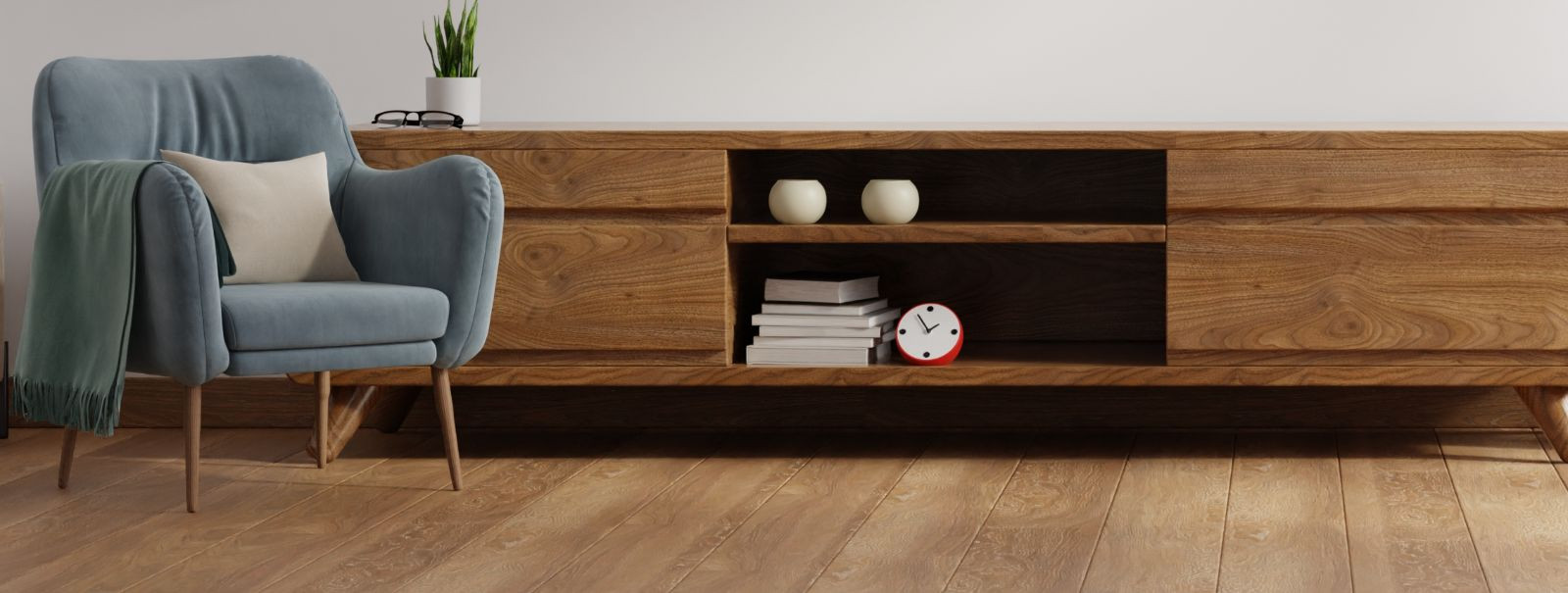5 tips for choosing the right floor covering
Choosing the right floor covering is a critical decision in the construction or renovation of your home. It's not just about picking a color or material that you like; it's about finding a solution that meets the demands of your lifestyle, complements the design of your space, and fits within your budget. In this guide, we'll walk you through five essential tips to help you make an informed decision.
Tip 1: Consider the Functionality of the Space
The amount of foot traffic a room receives should guide your choice of floor covering. High-traffic areas like hallways and living rooms need durable materials that can withstand wear and tear, while bedrooms may benefit from softer, more comfortable options.
Each room has a unique function, and the floor covering should support that purpose. For example, moisture-resistant flooring is essential in bathrooms and kitchens, while a home office may require a floor that can accommodate rolling chairs without damage.
Tip 2: Factor in Maintenance and Durability
When selecting a floor covering, consider how long you expect the material to last. Hardwood floors can last for decades if properly maintained, while carpet may need to be replaced more frequently.
Some floor coverings require more maintenance than others. Think about how much time and effort you're willing to invest in upkeep. For instance, natural stone may need regular sealing, while laminate flooring typically requires less maintenance.
Tip 3: Evaluate Aesthetics and Design Compatibility
Your floor covering should align with the overall aesthetic of your home. Whether you prefer a modern, minimalist look or a more traditional feel, there's a flooring option to suit your style.
The color and pattern of your floor covering can significantly affect the perception of space. Lighter colors can make a room feel larger, while darker hues create a cozier atmosphere. Patterns can add interest but may also influence the room's scale.
Tip 4: Account for Comfort and Insulation
Comfort is an important consideration, especially in areas where you spend a lot of time standing. Soft floor coverings like cork or carpet provide cushioning, while harder materials may require rugs for added comfort.
Different floor coverings have varying levels of insulation, which can impact your home's energy efficiency. Thick carpets and underlays can provide good insulation, while tile and stone may feel cooler underfoot.
Tip 5: Budget and Cost Considerations
It's important to consider not just the initial cost of the floor covering, but also the long-term expenses associated with it. Some materials may have a higher upfront cost but lower maintenance costs over time.
While it's tempting to choose the cheapest option, investing in a quality floor covering can save you money in the long run. Look for materials that offer a good balance of durability and cost-effectiveness.






Comments (0)